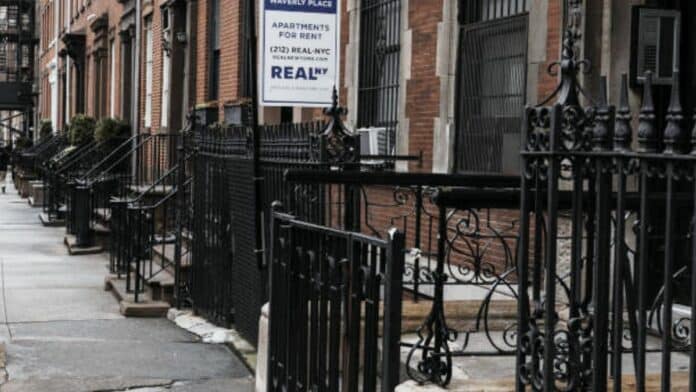In the heart of the bustling metropolis of New York City, where life moves at the speed of light, a silent transformation has been taking place over the past seven decades. The city that’s famous for its residents living stacked upon each other is quietly losing its density in some areas. You might wonder what’s responsible for this change, and the answer might surprise you—it’s people expanding their apartments.
A recent analysis conducted by preservationist Adam Brodheim reveals a significant shift in the housing landscape. Over the last 70 years, approximately 50,000 multifamily buildings in New York City have undergone a remarkable transformation, being converted into one- or two-family homes. This seemingly benign trend translates into a loss of 100,000 housing units across the city.
Brodheim, a champion of preservation, emphasizes that he’s not trying to begrudge those who seek to build larger apartments as their families grow. Instead, he aims to draw attention to the far-reaching consequences of these actions, which collectively exacerbate the city’s housing crisis.
Brodheim’s insights, initially presented in his master’s thesis and subsequently covered by The City, delve into the transformation of row houses. Of the 320,777 row houses in New York City, a staggering 51,221 have been converted from multifamily residences to accommodate just one or two families. Of this count, approximately 7,219 have transitioned into single-family homes, illustrating the scale of this transformation.
Also Read: New York City Citizens Are Paying Taxes For 120,000 Illegal Migrants
Urban planner Matthew Pietrus conducted parallel research, which affirmed the trend of apartment consolidation. This shift was most prevalent in New York’s wealthiest neighborhoods, including the Upper East Side, the West Village, and Cobble Hill.
Apartment consolidation is not inherently negative. Homeowners who require more space should have the freedom to create it, particularly considering the shortage of apartments with more than two bedrooms in New York. However, this trend raises concerns in the context of a severe region-wide housing shortage, which is causing lower- and middle-income residents to be priced out of the Big Apple, rendering life in the city unaffordable for millions.
New York’s housing landscape has seen its rate of new construction dwindle in recent years, coinciding with a rapid increase in rents and home prices. While the number of jobs in the city has surged by 22% since 2010, the housing supply has expanded by a mere four percent. Shockingly, more than half of New York City renters are rent-burdened, meaning they spend over 30% of their income on rent, according to this year’s state findings. Numerous studies have reinforced the idea that expanding the housing supply, even if it’s primarily market-rate housing, can effectively slow the growth of rent and home prices.
In conclusion, the transformation of New York City’s multifamily buildings into single-family homes, driven by the need for more space, underscores the complexities of the city’s housing crisis. While apartment consolidation is a natural response to growing families, it has substantial implications for housing availability and affordability, particularly for the lower- and middle-income residents of this great city.

